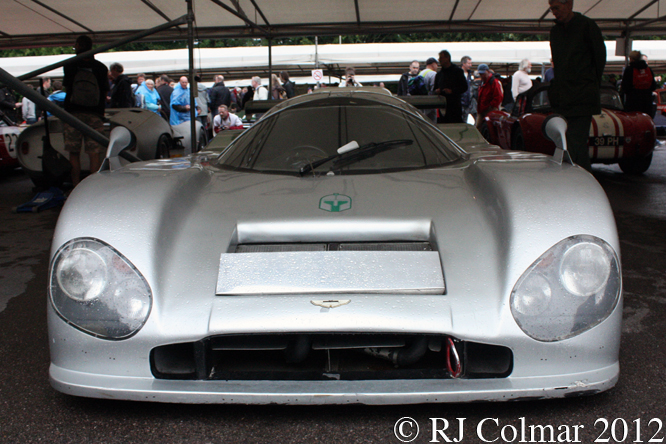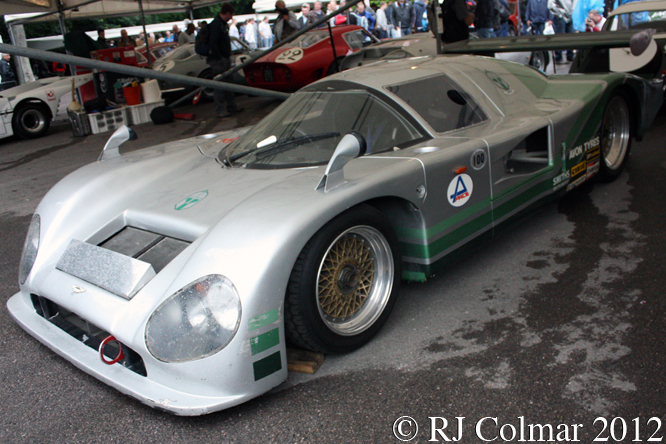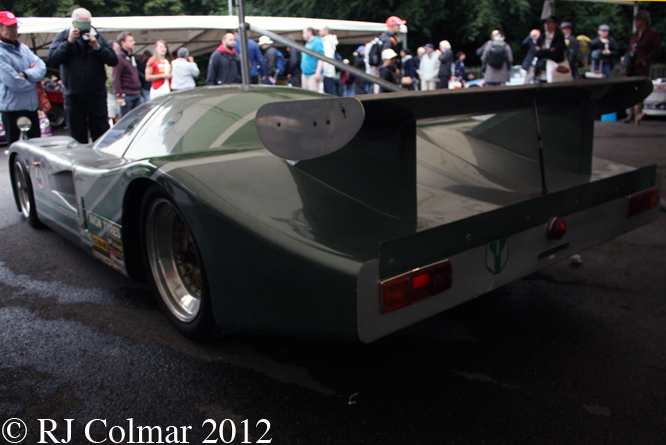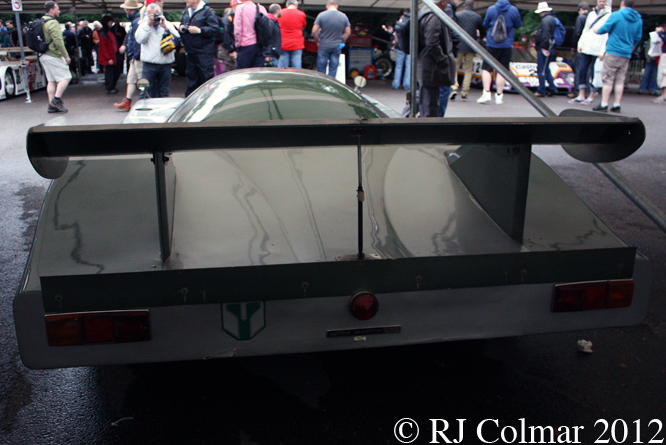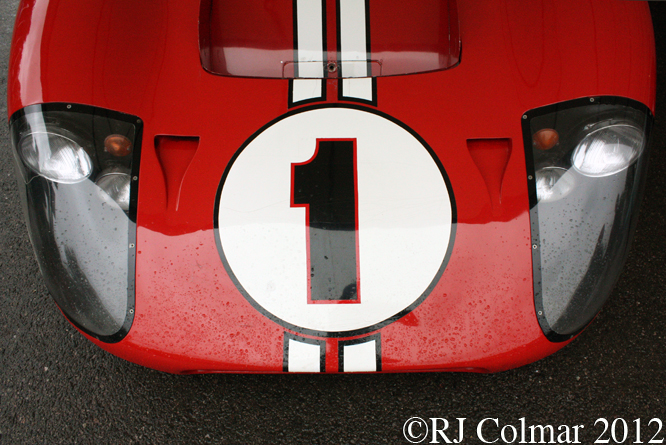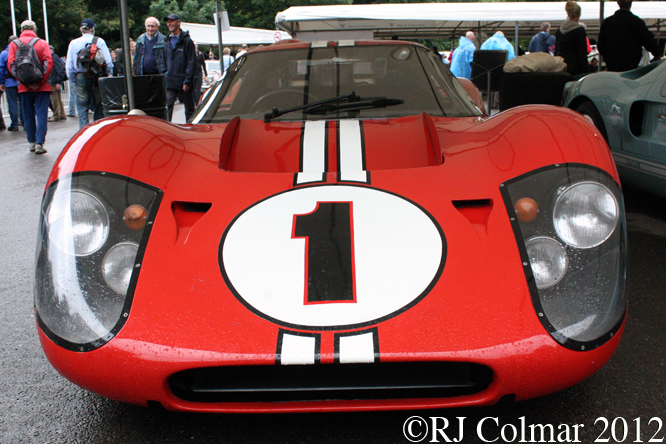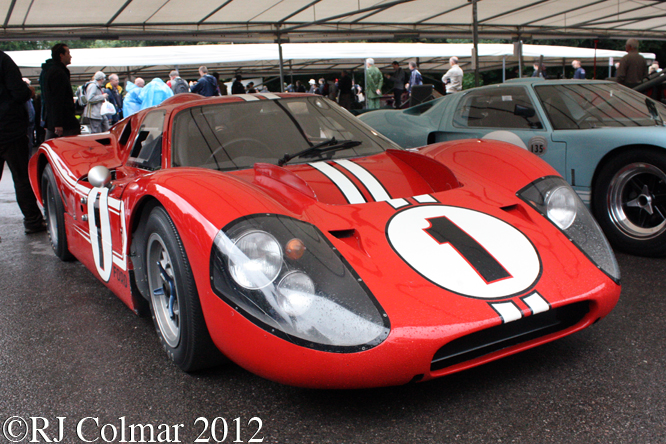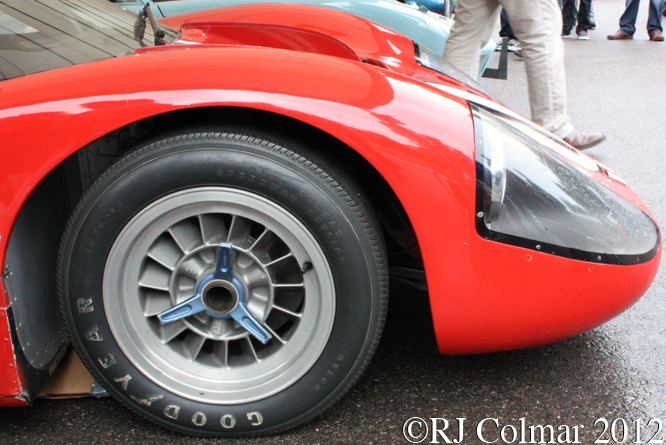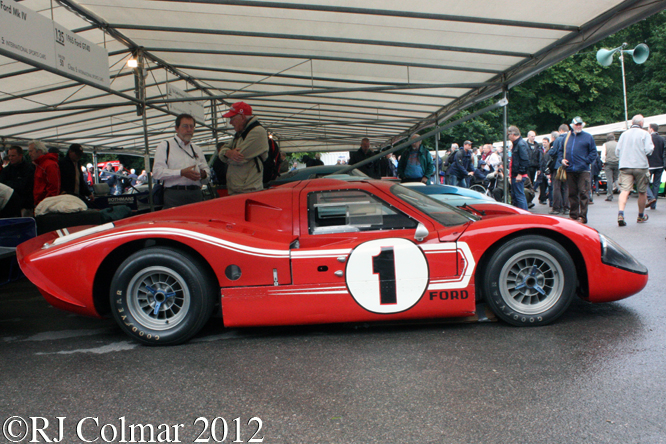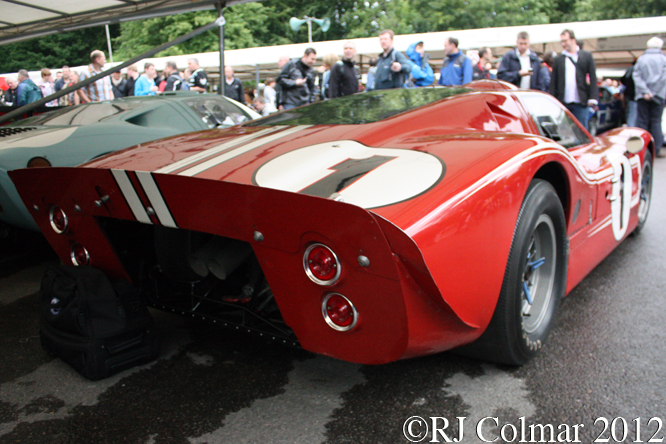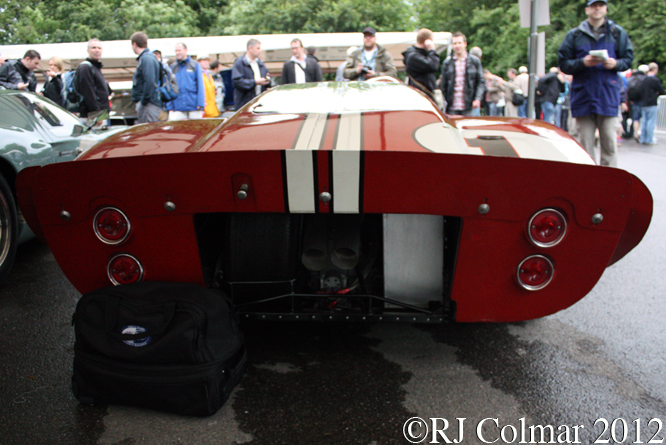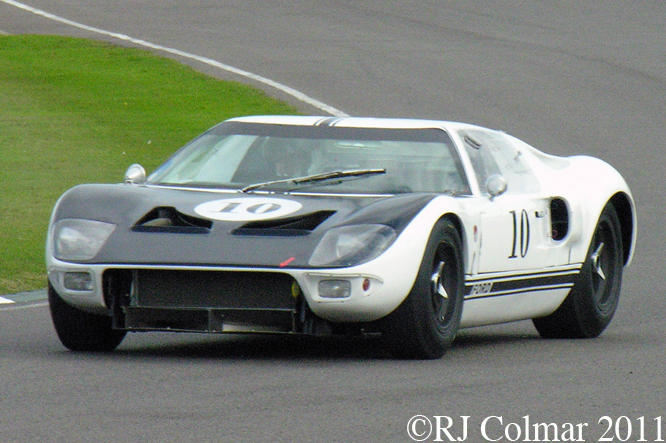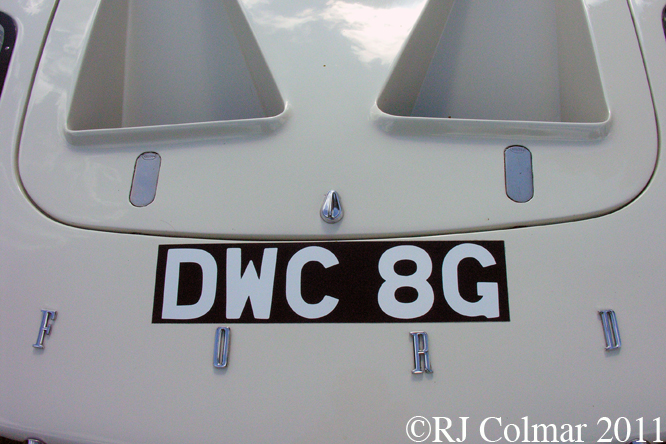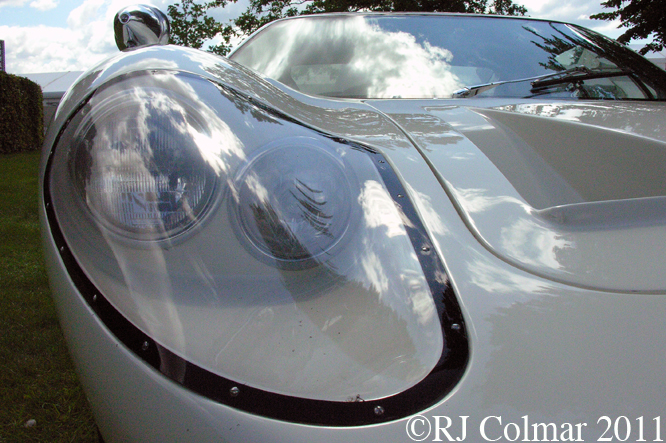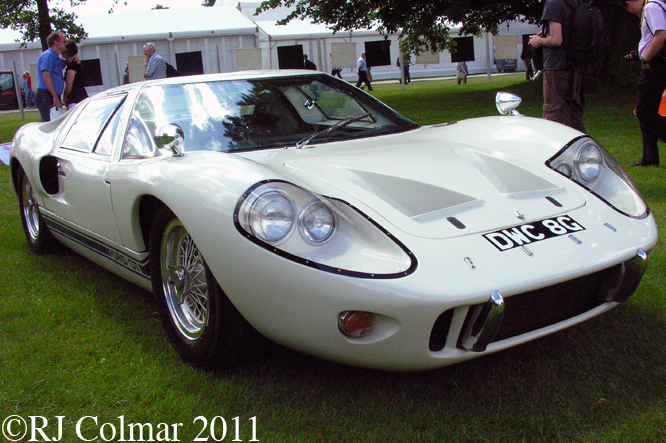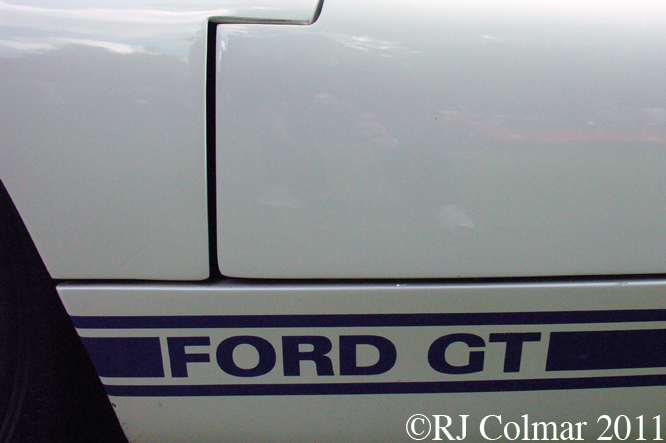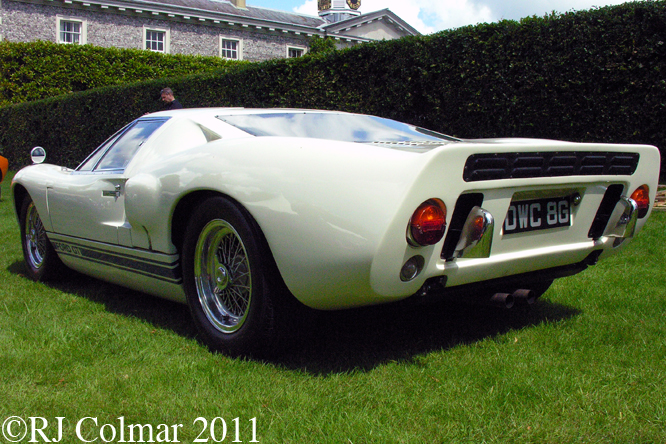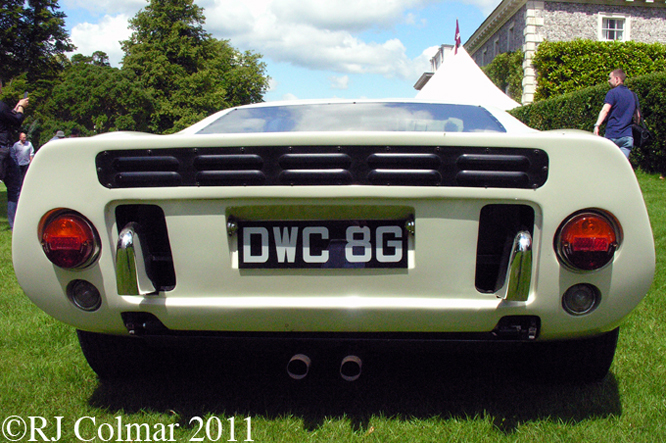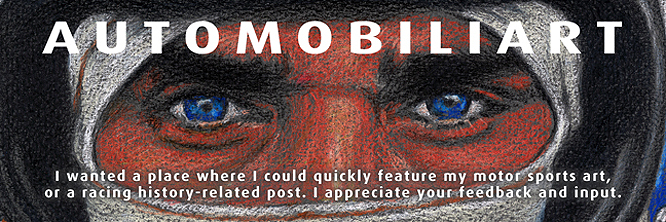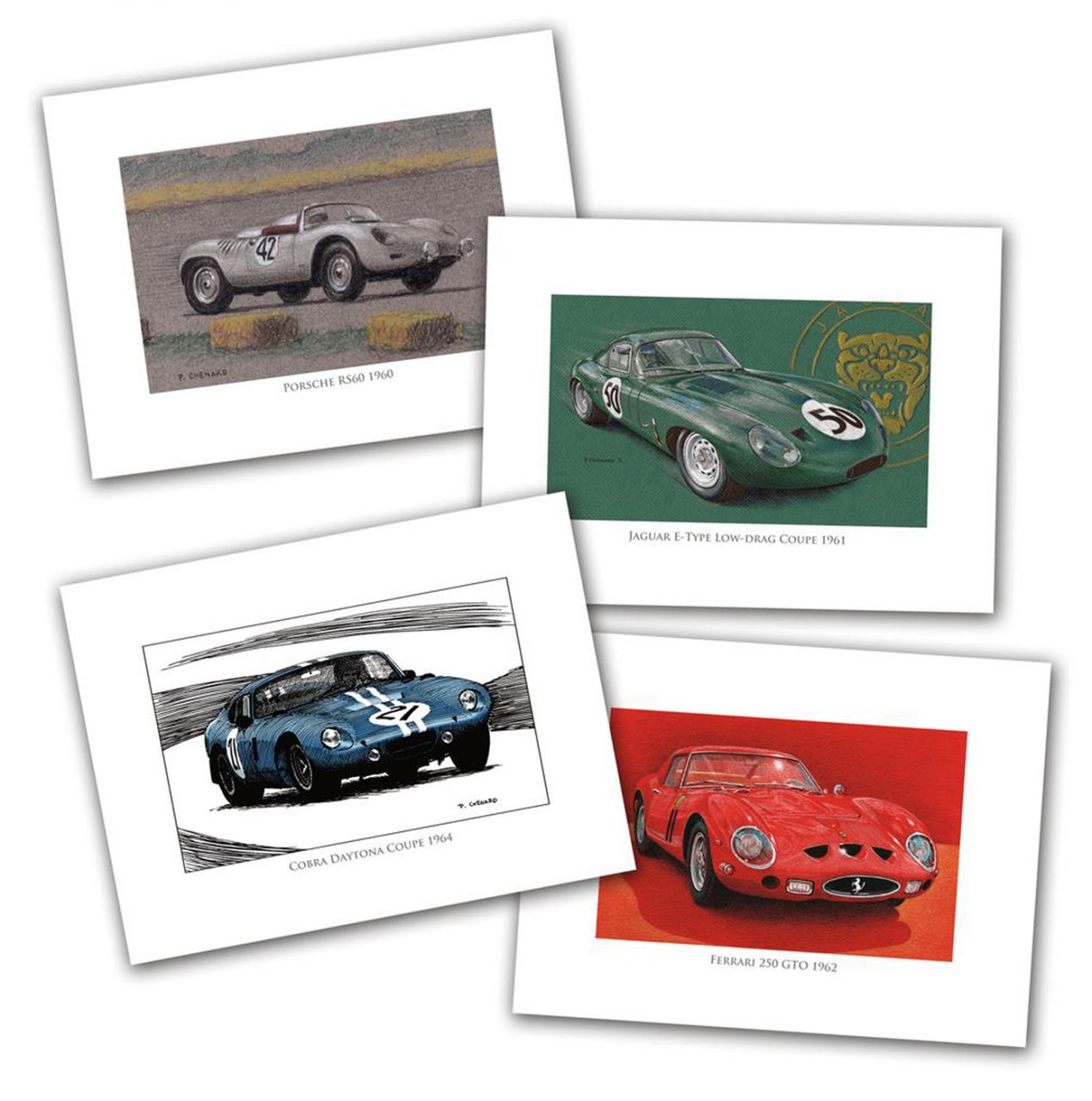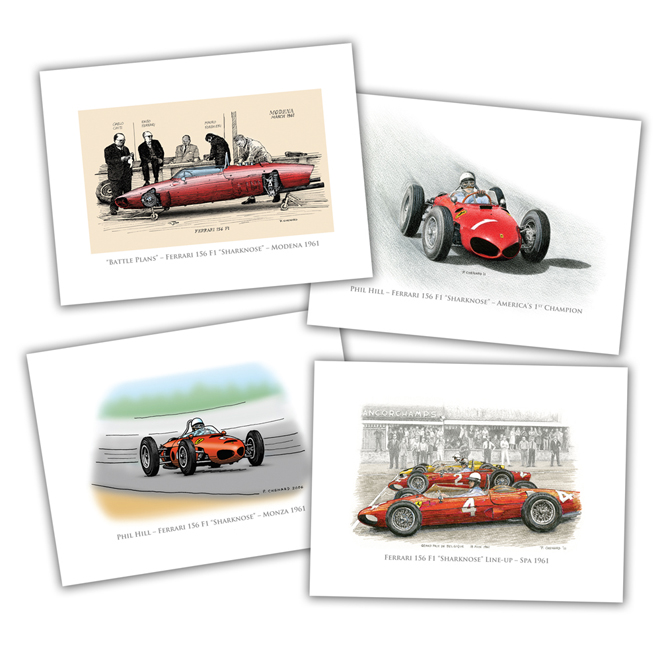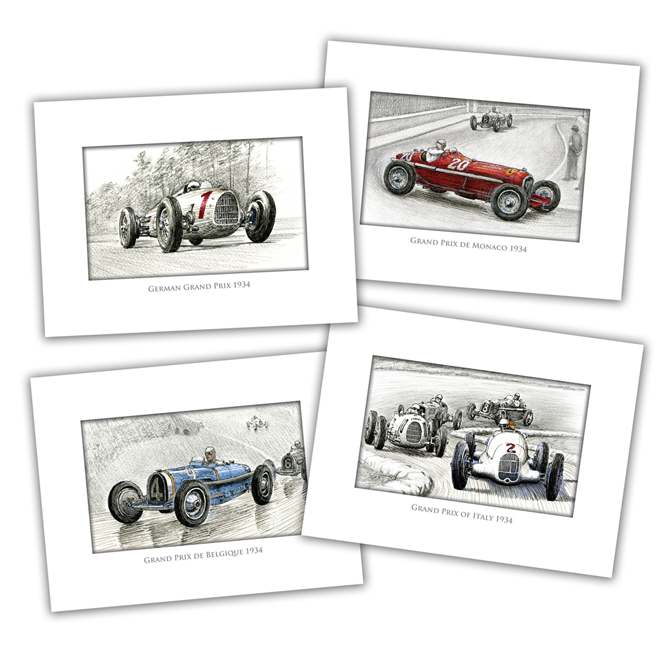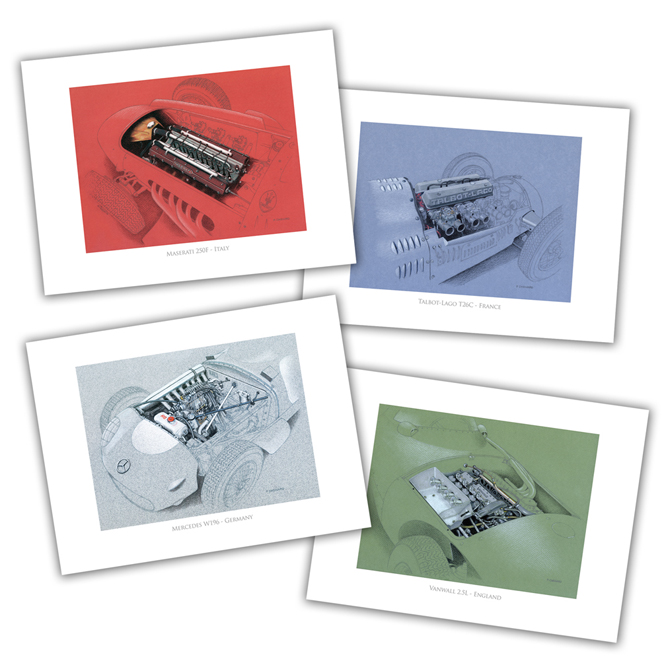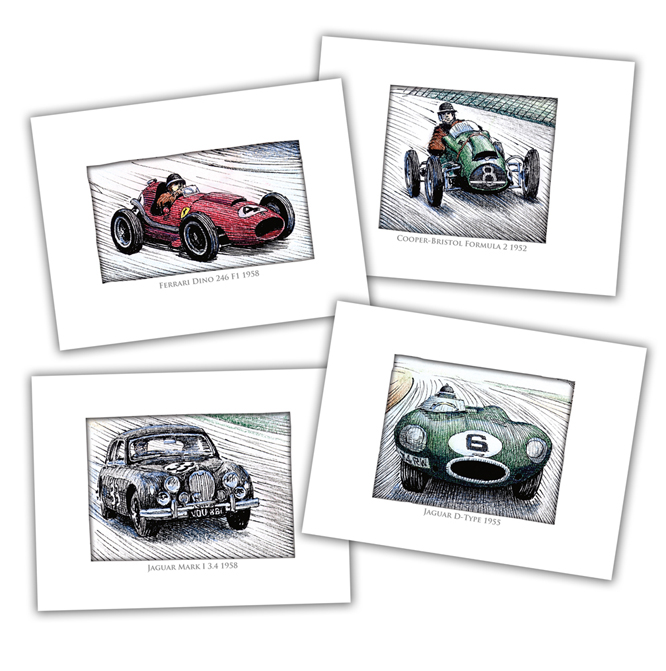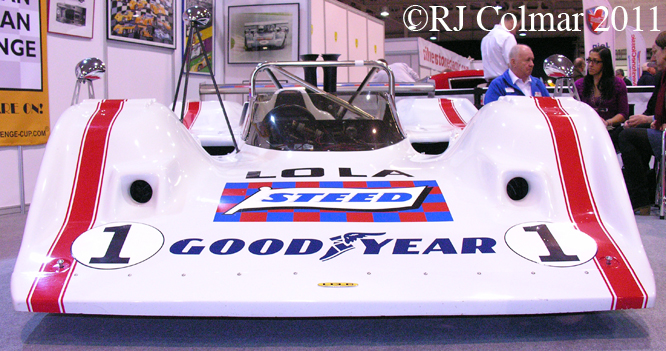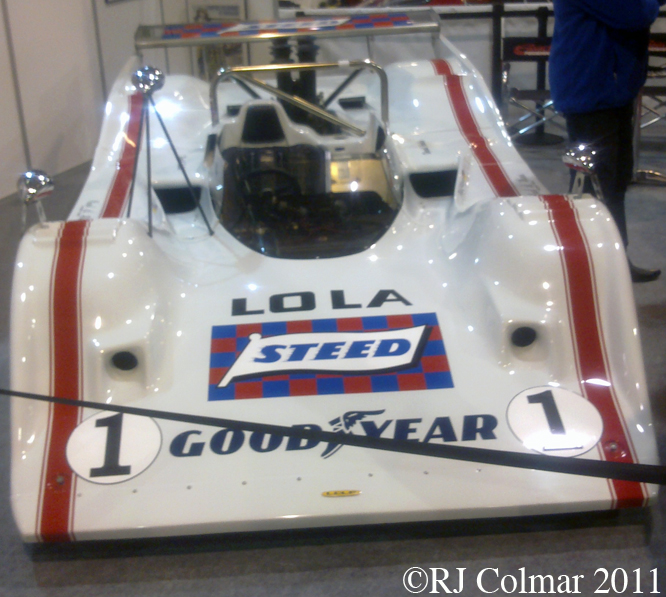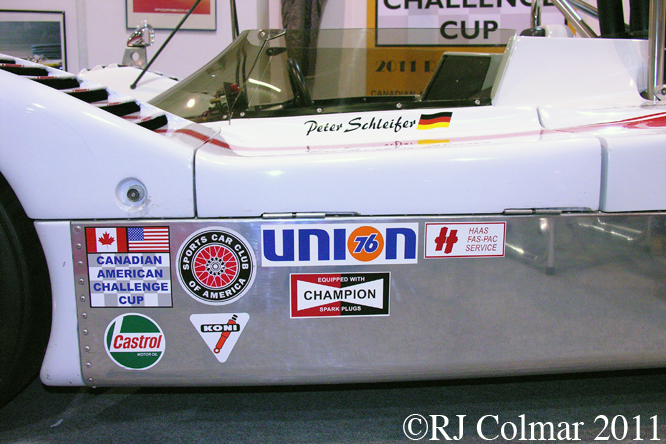A month before the 1969 Daytona 24 Hours Roger Penske took delivery of a brand new Lola T70 Mk3b GT chassis #SL76/139.
Under driver Mark Donohue’s guidance the team worked 18 hours a day in the run up to the race preparing the car and it’s fuel injected 5 litre / 302 cui Traco Chevrolet motor of the endurance classic.
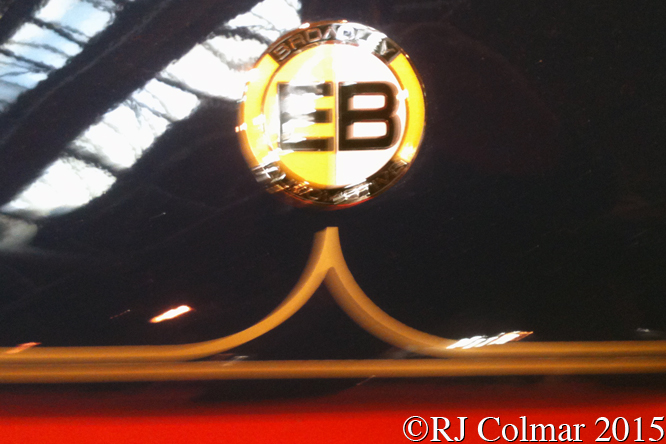
Chuck Parsons and Mark qualified the immaculately prepared royal blue with gold pinstripes #6 2nd on the grid, alongside a factory Porsche 908 driven by Vic Elford and Brian Redman.
Mark and Chuck dropped back to seventh in the race with fuel pick up problems and then lost an hour while the cracked exhaust was repaired.
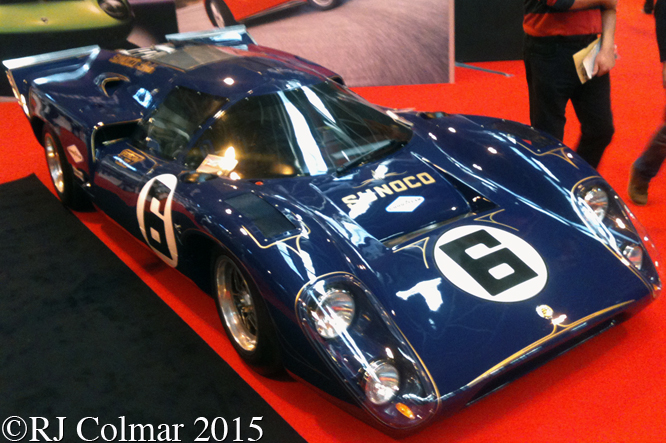
Despite these problems and with the Porsche’s having a myriad of issue’s of their own including cracked exhausts the #6 came through to take the checkered flag by 30 laps from the older #8 American International Racing, actor James Garners AIR team, Lola T30 Mk3 GT driven by Ed Leslie and Lothar Motschenbacher.
For the Sebring 12 Hours, #SL76/139’s final legal race appearance, the fuel injection was replaced by carburetors and Mark was joined by Ronnie Bucknum and the pair qualified 2nd alongside a Ferrari 312 P driven by Chris Amon and Mario Andretti.
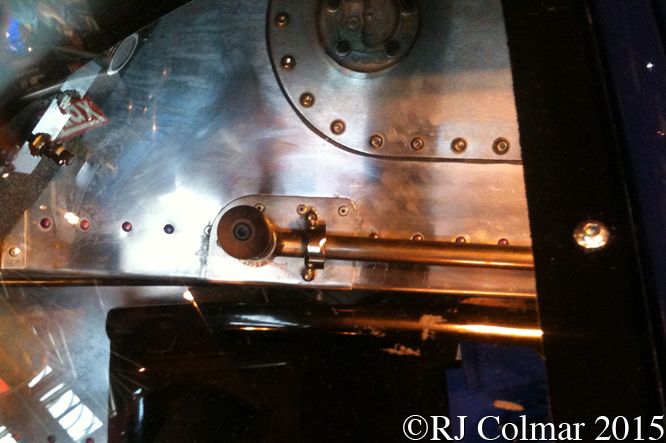
During the race the Penske entry and Sportscars Switzerland Mk3b, driven by Swedes Ulf Norinder and Jo Bonnier
retired with broken radius arm mountings.
After the race the two Penske team members taking the Lola back to the Penske shop in Philadelphia made an overnight stop at a motel in Daytona Beach and awoke the next morning to find their truck and car along with two race motors had all been stolen.
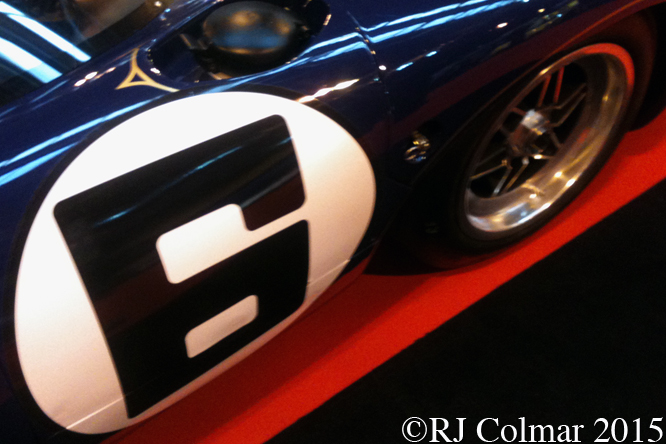
The car was found within 48 hours with the engine, wheels and other parts removed evidently without much mechanical sympathy and the perpetrators were apprehended and arrested by Police acting on a paid for tip off from a stooge in Maryland a month or so later.
Penske had chassis #SL76/139 repaired by a third party and afterwards his shop fitted a stock 350 Chevy and sold the car as a street car, still painted dark blue with gold pinstripes to a chap in California known as Wolfman.
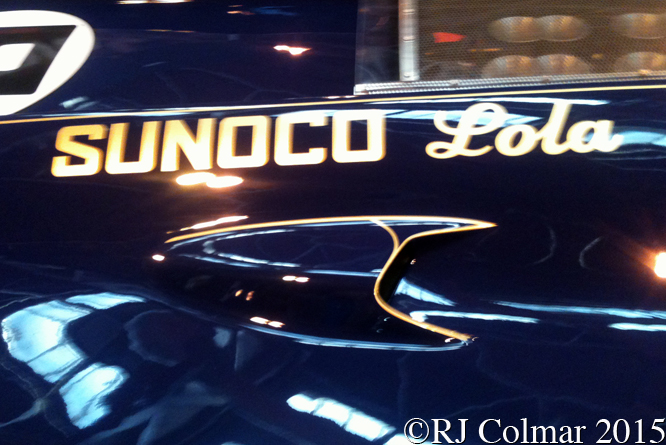
Wolfman and his mates founded a group of unsanctioned racers called “Banzai Runners” who had a penchant for running at a 150 mph on the LA freeways at 3:30 am.
Wolfman is variously described by those who knew of him as a some sort of record producer, covert LAPD drug squad officer with the Daytona winning Lola a part of his cover and being owned covertly by the LAPD, and yet another as a busted pot dealer who did some kind of deal to stay out of jail.
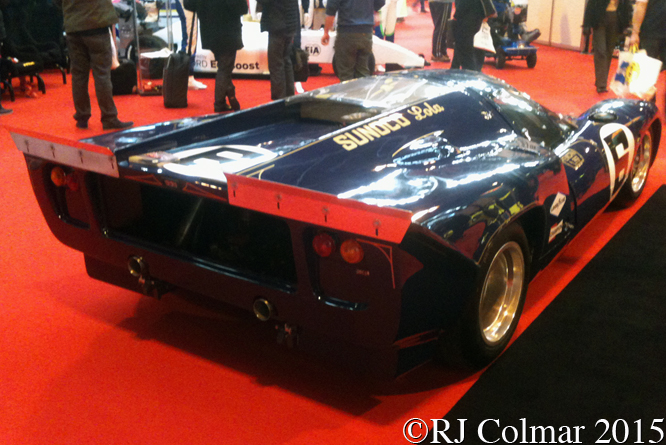
Wolfman was last seen driving a Ford Mustang and what became of #SL76/139 remains a mystery, one has to wonder how many car sleuths have had a go at trying to locate such a well known vehicle.
Curiously James Garners AIR chassis #SL73/117 was used as a cop car in the George Lucas film THX 1138 and was then also converted to road use for Dan McLoughlin.
Today’s featured car which is painted up to look like the ’69 Daytona winner is a Broadley T76 Continuation manufactured, with Eric Broadley’s blessing and eligible to race in FIA sanctioned historic events, by Broadley Automotive.
My thanks to everyone who contributed to the “Penske Lola Coupé” thread of The Nostalgia Forum.
Thanks for joining me on this “Cracked Exhaust” edition of “Gettin’ a li’l psycho on tyres” I hope you will join me again for “Ferrari Friday” tomorrow. Don’t forget to come back now !


